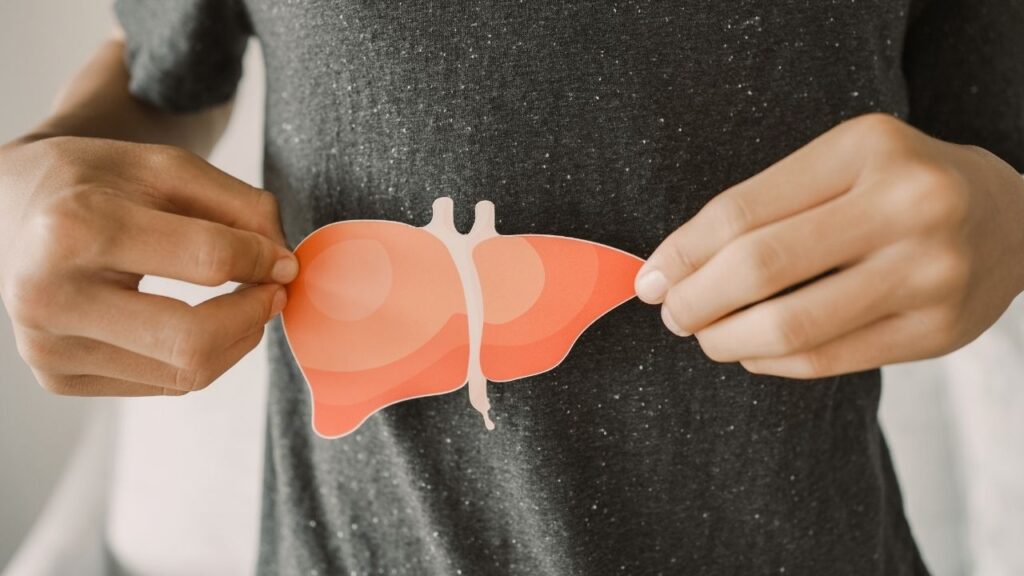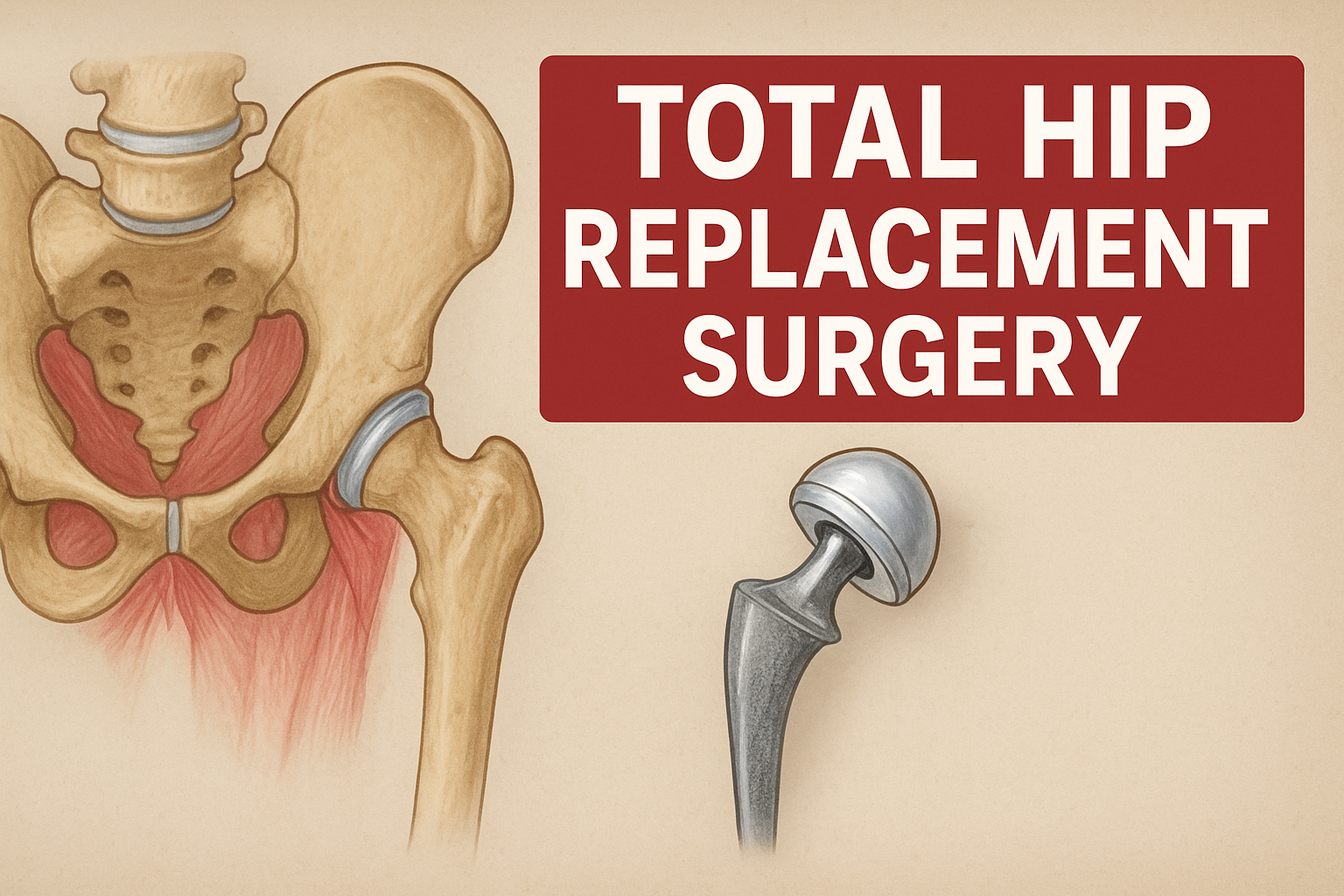The liver is one of the most vital organs in the human body, performing crucial functions such as detoxification, metabolism, protein synthesis, and bile production. Diseases that affect the liver particularly liver cirrhosis and liver cancer, can significantly impair its function and pose life-threatening health risks. While both conditions affect the liver and share overlapping symptoms, liver cirrhosis and liver cancer are fundamentally different diseases with distinct causes, progression, and treatments.
This article explores the difference between liver cirrhosis and liver cancer in detail, covering their causes, symptoms, treatment strategies, and a side-by-side comparison to aid clear understanding.
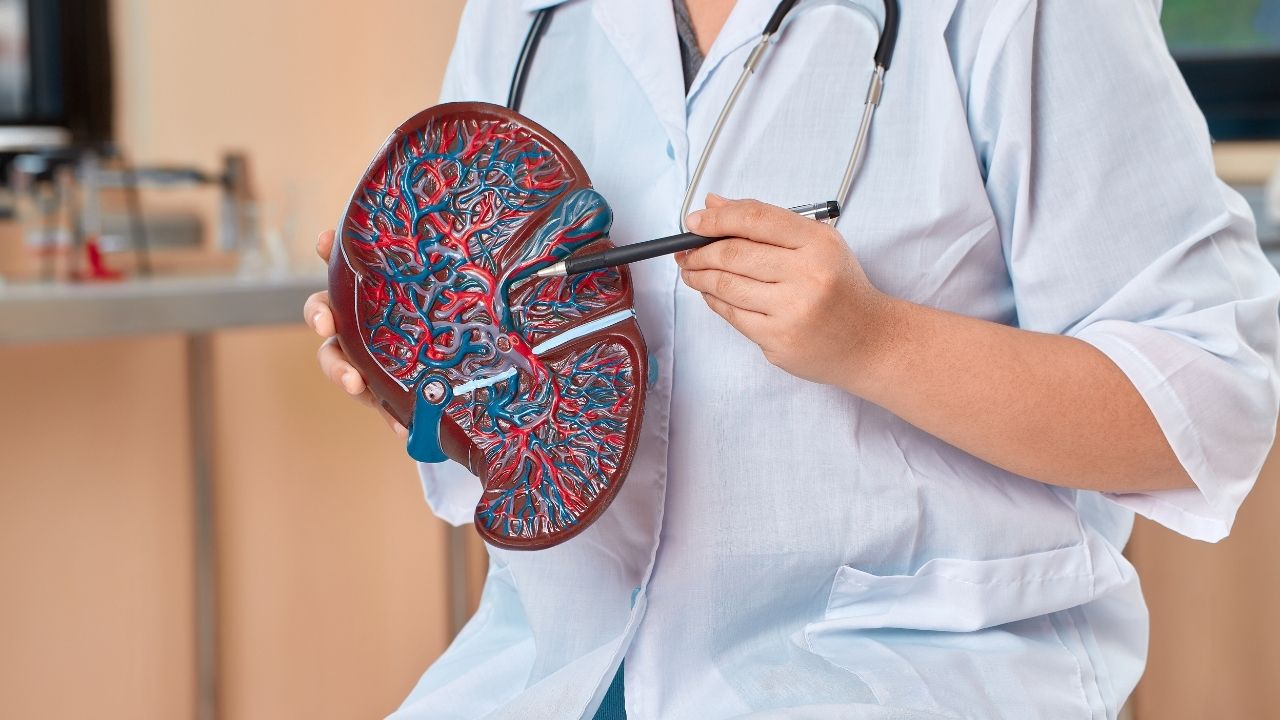
What is Cirrhosis of the Liver?
Liver cirrhosis is a chronic, progressive liver disease characterized by irreversible scarring (fibrosis) of the liver tissue. Over time, repeated liver injury from various causes leads to the destruction of healthy liver cells and their replacement with scar tissue. This scar tissue impedes the normal flow of blood through the liver, limiting its functionality and often leading to liver failure in advanced stages.
Cirrhosis develops over years and is typically the end-stage result of various forms of chronic liver disease.
What is the Main Cause of Liver Cirrhosis?
Liver cirrhosis has multiple potential causes, most of which involve long-term liver inflammation or damage. The most common causes include:
1. Chronic Alcohol Abuse
Excessive alcohol consumption over a prolonged period is one of the leading causes of cirrhosis, especially in developed nations.
2. Chronic Viral Hepatitis
Hepatitis B and Hepatitis C infections can persist in the liver and lead to inflammation and eventual scarring.
3. Non-Alcoholic Fatty Liver Disease (NAFLD)
Related to obesity and metabolic syndrome, NAFLD and its more severe form Non-Alcoholic Steatohepatitis (NASH) are growing causes of cirrhosis globally.
4. Autoimmune Hepatitis
The body’s immune system attacks its own liver cells, leading to inflammation and fibrosis.
5. Genetic Disorders
Conditions such as Wilson’s disease (copper accumulation) and hemochromatosis (iron overload) can damage liver tissue.
Common Signs and Symptoms of Liver Cirrhosis
Symptoms may be absent in early stages, but as liver function deteriorates, patients may experience:
- Fatigue
- Loss of appetite and weight loss
- Jaundice (yellowing of the skin and eyes)
- Itchy skin
- Abdominal swelling (ascites)
- Swelling in the legs and ankles
- Easy bruising and bleeding
- Confusion or memory issues (hepatic encephalopathy)
- Spider angiomas (tiny blood vessels on the skin)
- Dark urine and pale stool
What is the Treatment for Cirrhosis of the Liver?
There is no cure for liver cirrhosis, but treatment aims to:
1. Stop or Slow Progression
- Abstaining from alcohol
- Managing hepatitis infections with antiviral drugs
- Treating metabolic conditions like diabetes and obesity
2. Treat Underlying Cause
- For hepatitis: Antiviral therapy
- For autoimmune hepatitis: Corticosteroids and immunosuppressants
- For genetic diseases: Chelation therapy for Wilson’s, phlebotomy for hemochromatosis
3. Manage Complications
- Diuretics and low-sodium diets for ascites
- Beta-blockers for variceal bleeding
- Lactulose for hepatic encephalopathy
4. Liver Transplant
In severe cases of decompensated cirrhosis or liver failure, a liver transplant may be the only option for survival.
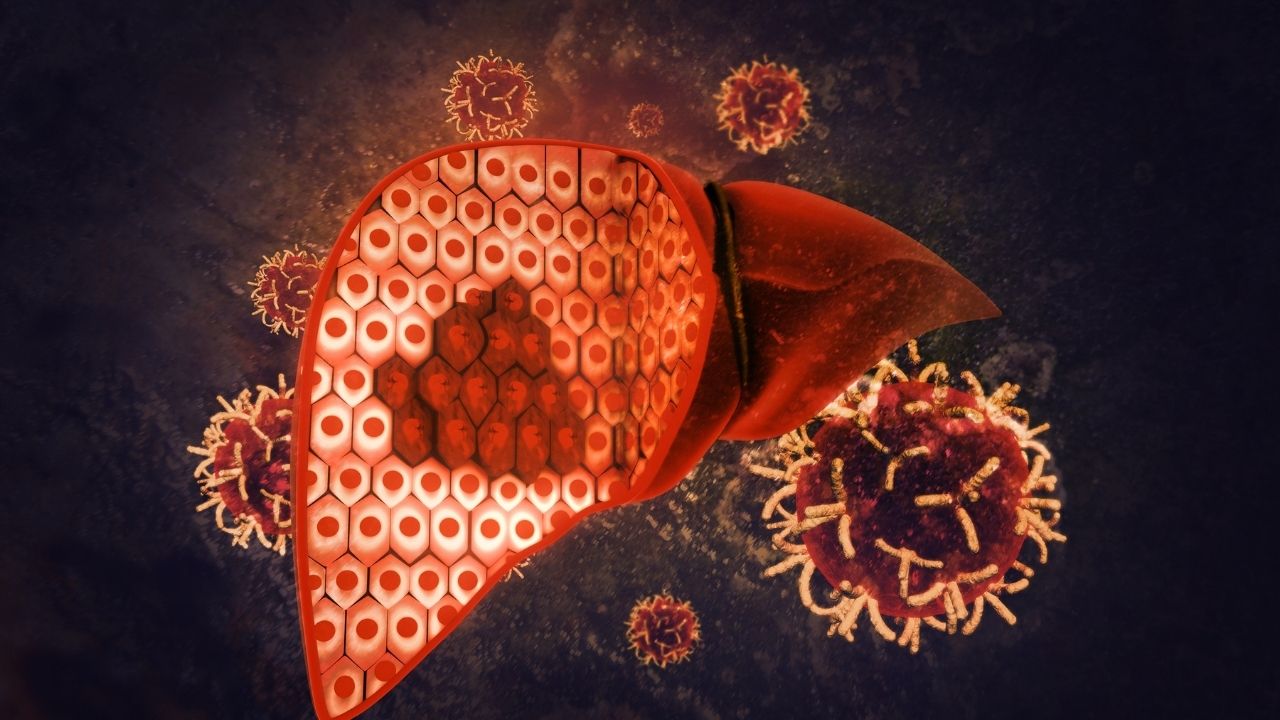
What Is Liver Cancer?
Liver cancer refers to malignant tumors that originate in the liver. The most common type is hepatocellular carcinoma (HCC), which typically arises in livers already damaged by cirrhosis or chronic hepatitis.
Unlike cirrhosis (which is a chronic degenerative condition), liver cancer is a rapidly growing malignancy that may spread to other organs if left untreated.
What is the Main Cause of Liver Cancer?
Liver cancer often develops in a background of chronic liver disease, and the key risk factors include:
1. Chronic Hepatitis B or C Infection
These viral infections cause chronic liver inflammation and increase the risk of HCC.
2. Cirrhosis of Any Cause
Whether due to alcohol, NAFLD, or viral hepatitis, cirrhotic livers are more prone to developing cancer.
3. Aflatoxin Exposure
Aflatoxins are toxins produced by fungi in contaminated grains and nuts, especially in developing countries.
4. Obesity and Diabetes
Metabolic disorders contribute to fatty liver and inflammation, increasing cancer risk.
5. Excessive Alcohol Intake
Chronic alcohol use damages liver cells and increases the risk of cancer development.
Common Signs and Symptoms of Liver Cancer
Liver cancer is often asymptomatic in early stages, but as it progresses, the following signs may appear:
- Unexplained weight loss
- Loss of appetite
- Upper abdominal pain or discomfort
- Jaundice
- Nausea and vomiting
- Fatigue
- Liver enlargement (palpable mass under the ribs)
- Swelling in the abdomen
- Fever
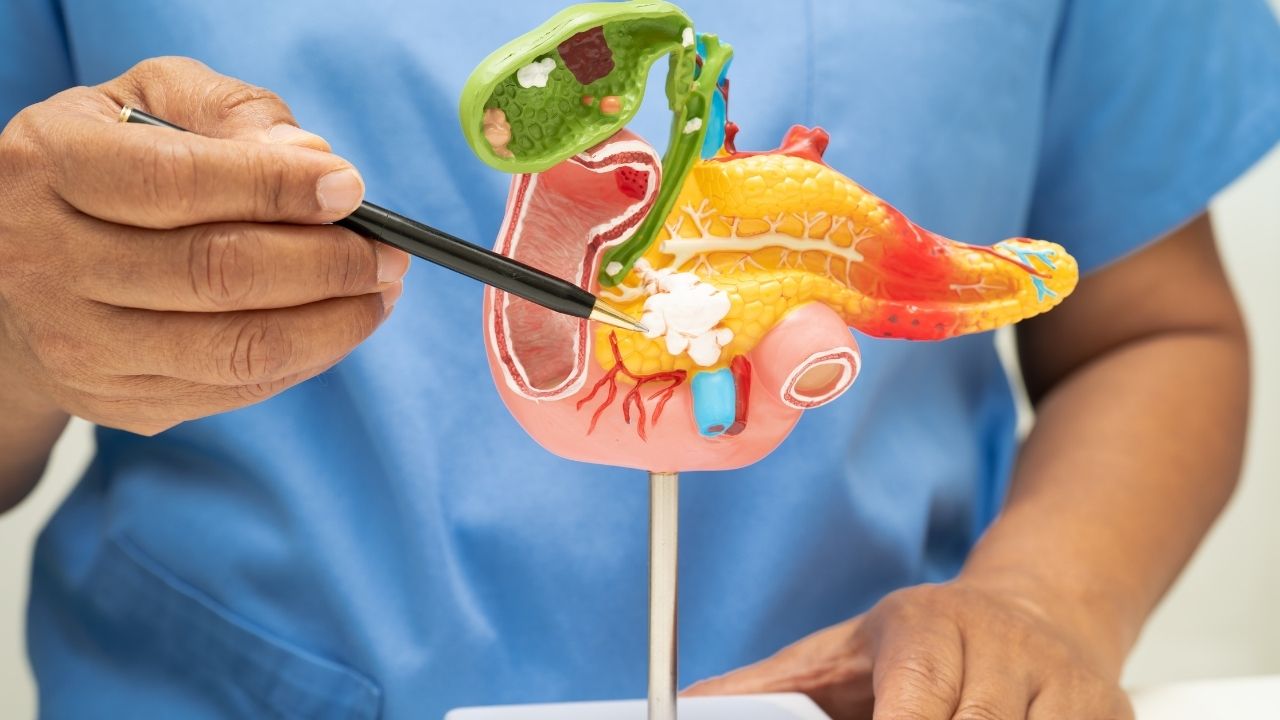
What is the Treatment for Liver Cancer?
The treatment approach depends on the stage of the cancer, liver function, and overall health of the patient.
1. Surgical Resection
In patients with localized tumors and good liver function, the cancerous portion of the liver can be surgically removed.
2. Liver Transplant
For early-stage HCC within transplant criteria, a liver transplant can offer a potential cure.
3. Local Ablative Therapies
Techniques like radiofrequency ablation (RFA) or microwave ablation destroy tumors with heat.
4. Transarterial Chemoembolization (TACE)
A catheter delivers chemotherapy directly to the tumor and blocks its blood supply.
5. Targeted Therapy and Immunotherapy
Drugs like sorafenib, lenvatinib, and immune checkpoint inhibitors can help in advanced stages.
6. Radiation Therapy
Used in specific cases, particularly where surgery or other interventions aren’t viable.
Key Differences Between Liver Cirrhosis and Liver Cancer
| Feature | Liver Cirrhosis | Liver Cancer |
| Primary Cause | Chronic alcohol use, hepatitis, NAFLD | Chronic hepatitis, cirrhosis, aflatoxin exposure |
| Onset | Gradual, over years | Can be sudden or develop from cirrhosis |
| Reversibility | Irreversible scarring, but progression can be slowed | Not reversible; malignant growth |
| Symptoms | Fatigue, jaundice, swelling, mental confusion | Weight loss, liver pain, jaundice, palpable mass |
| Complications | Portal hypertension, liver failure, cancer | Metastasis, organ failure, death |
| Diagnosis | Liver biopsy, blood tests (LFTs), imaging (FibroScan) | Imaging (CT, MRI), biopsy, AFP tumor marker |
| Treatment | Manage cause, symptom control, liver transplant in severe cases. | Resection, transplant, TACE, targeted therapies |
| Cure Possibility | No cure, but manageable | Potentially curable if detected early and treated |
| Risk of Development | Increases risk of liver cancer | Often occurs after cirrhosis has developed |
| Definition | Chronic liver disease with scarring of liver tissue | Malignant tumor originating in the liver |
Summary
Understanding the difference between liver cirrhosis and liver cancer is crucial for early detection, effective treatment, and improved patient outcomes. Cirrhosis is a chronic liver disease marked by irreversible scarring due to long-term damage from factors like alcohol, hepatitis, and NAFLD. In contrast, liver cancer is a malignant condition that may arise on a background of cirrhosis or chronic infection, and carries a higher mortality rate.
While they are distinct conditions, cirrhosis often sets the stage for the development of liver cancer, making regular monitoring and lifestyle changes essential for high-risk individuals.
Treatment for cirrhosis revolves around controlling the underlying cause and managing complications, whereas liver cancer may require surgery, transplant, or targeted drug therapies, depending on the stage of detection.
Early diagnosis of both conditions can greatly improve survival and quality of life. Therefore, individuals with chronic liver disease, heavy alcohol use, viral hepatitis, or metabolic syndrome should undergo routine screening and liver function monitoring.

